Rising Geriatric Population
The increasing geriatric population is a significant driver of the Cardiac Pacemaker Market. As life expectancy rises, the number of elderly individuals susceptible to cardiac conditions grows, leading to a higher demand for pacemakers. Data suggests that by 2030, the number of people aged 65 and older will reach approximately 1.5 billion, creating a substantial market for cardiac devices. This demographic shift necessitates the development of more effective and user-friendly pacemaker technologies tailored to the needs of older patients. Furthermore, healthcare systems are increasingly focusing on geriatric care, which includes the management of chronic conditions such as heart disease. The Cardiac Pacemaker Market is poised for growth as it adapts to the unique challenges presented by an aging population, ensuring that patients receive the necessary interventions to maintain their quality of life.
Increased Healthcare Expenditure
The rise in healthcare expenditure across various regions is positively impacting the Cardiac Pacemaker Market. Governments and private sectors are investing more in healthcare infrastructure, leading to improved access to advanced medical technologies. This increase in funding allows for the procurement of state-of-the-art cardiac devices, including pacemakers, which are essential for treating heart conditions. Market analysis indicates that healthcare spending is expected to grow at a rate of 5% annually, further driving the demand for cardiac interventions. As healthcare systems prioritize the treatment of cardiovascular diseases, the Cardiac Pacemaker Market is likely to benefit from enhanced funding and resources, facilitating the adoption of innovative pacemaker technologies and improving patient outcomes.
Increasing Prevalence of Cardiac Disorders
The rising incidence of cardiac disorders, including arrhythmias and heart block, is a primary driver of the Cardiac Pacemaker Market. As populations age, the prevalence of these conditions escalates, necessitating advanced medical interventions. According to recent data, approximately 1 in 4 adults over the age of 40 may experience some form of heart disease, leading to a heightened demand for pacemakers. This trend is further supported by the increasing awareness of heart health and the importance of early diagnosis. Consequently, healthcare providers are more inclined to recommend pacemaker implantation as a viable treatment option, thereby propelling market growth. The Cardiac Pacemaker Market is expected to witness substantial expansion as healthcare systems adapt to meet the needs of an aging population, emphasizing the importance of timely and effective cardiac care.
Technological Innovations in Pacemaker Design
Technological advancements in pacemaker design are significantly influencing the Cardiac Pacemaker Market. Innovations such as MRI-compatible devices, remote monitoring capabilities, and leadless pacemakers are enhancing patient outcomes and safety. The introduction of smart pacemakers, which can communicate with smartphones and healthcare providers, is revolutionizing patient management. Market data indicates that the leadless pacemaker segment is projected to grow at a compound annual growth rate of over 20% in the coming years. These advancements not only improve the quality of life for patients but also reduce the risk of complications associated with traditional devices. As technology continues to evolve, the Cardiac Pacemaker Market is likely to experience a surge in demand for these innovative solutions, reflecting a shift towards more personalized and efficient cardiac care.
Growing Awareness and Education on Heart Health
The growing awareness and education regarding heart health are crucial drivers of the Cardiac Pacemaker Market. Public health campaigns and educational initiatives are increasingly informing individuals about the risks associated with heart disease and the importance of early intervention. This heightened awareness leads to more individuals seeking medical advice and undergoing diagnostic procedures, resulting in a greater likelihood of pacemaker implantation when necessary. Data indicates that regions with robust heart health education programs experience higher rates of early diagnosis and treatment, contributing to market growth. As awareness continues to expand, the Cardiac Pacemaker Market is expected to see a rise in demand for pacemakers, as patients become more proactive in managing their cardiovascular health.
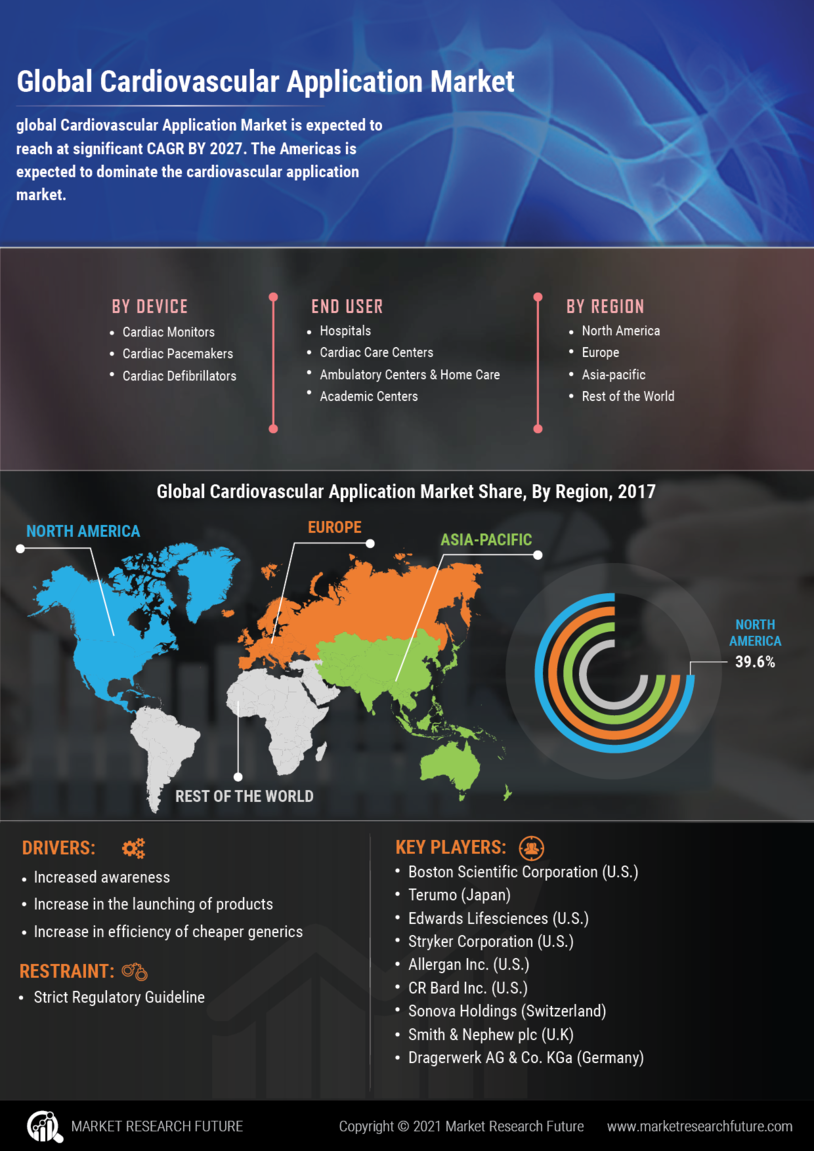

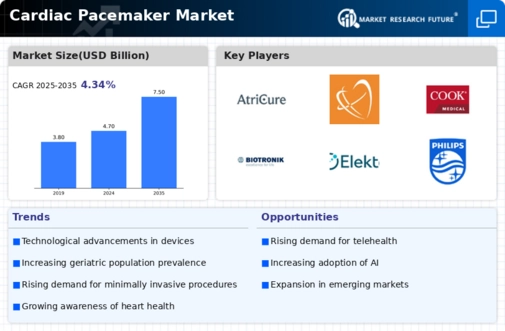
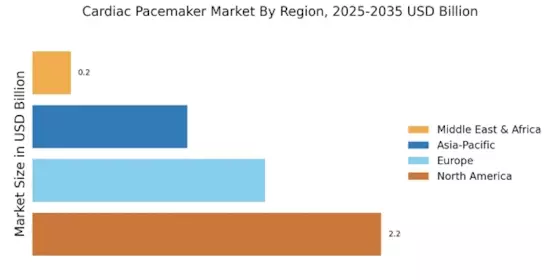
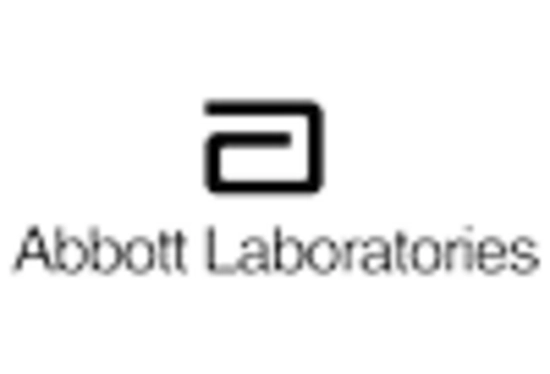
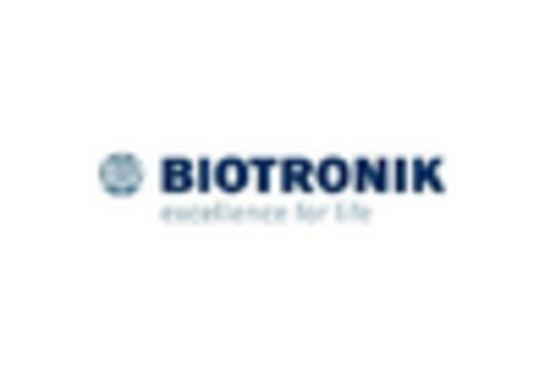


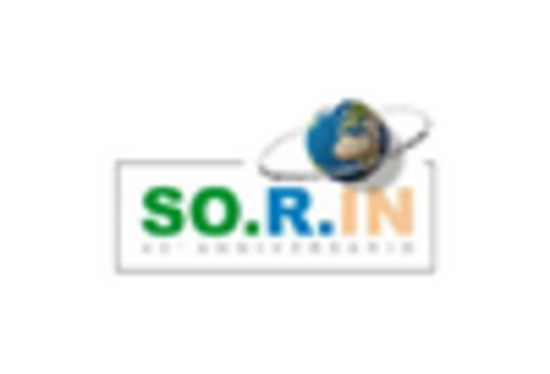









Leave a Comment